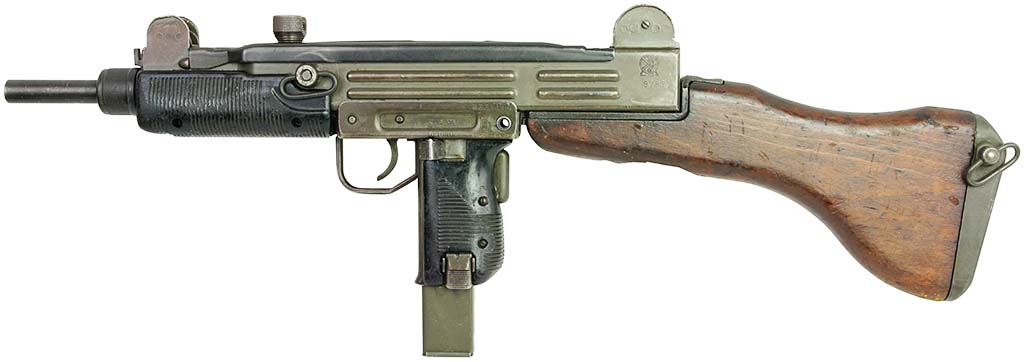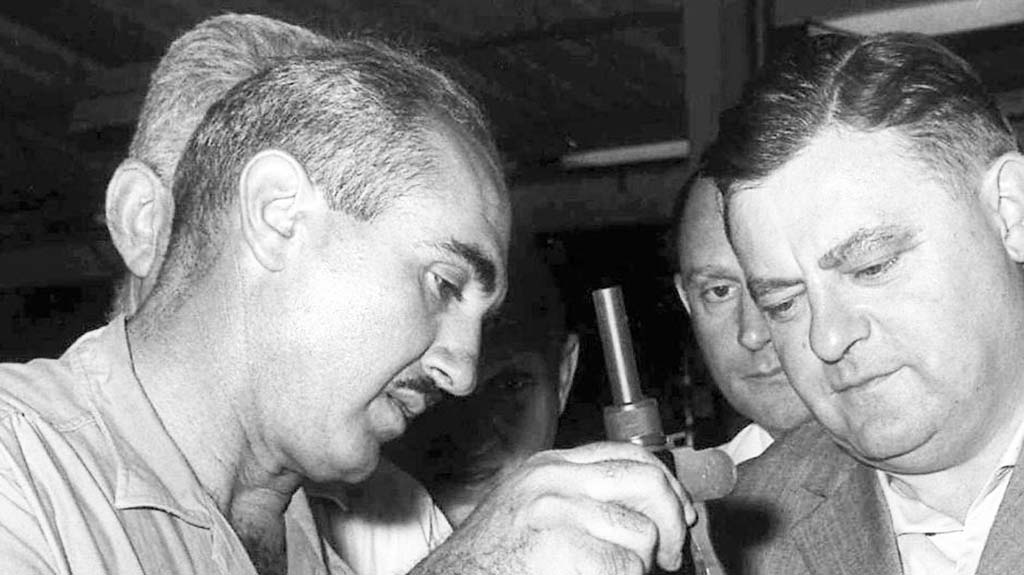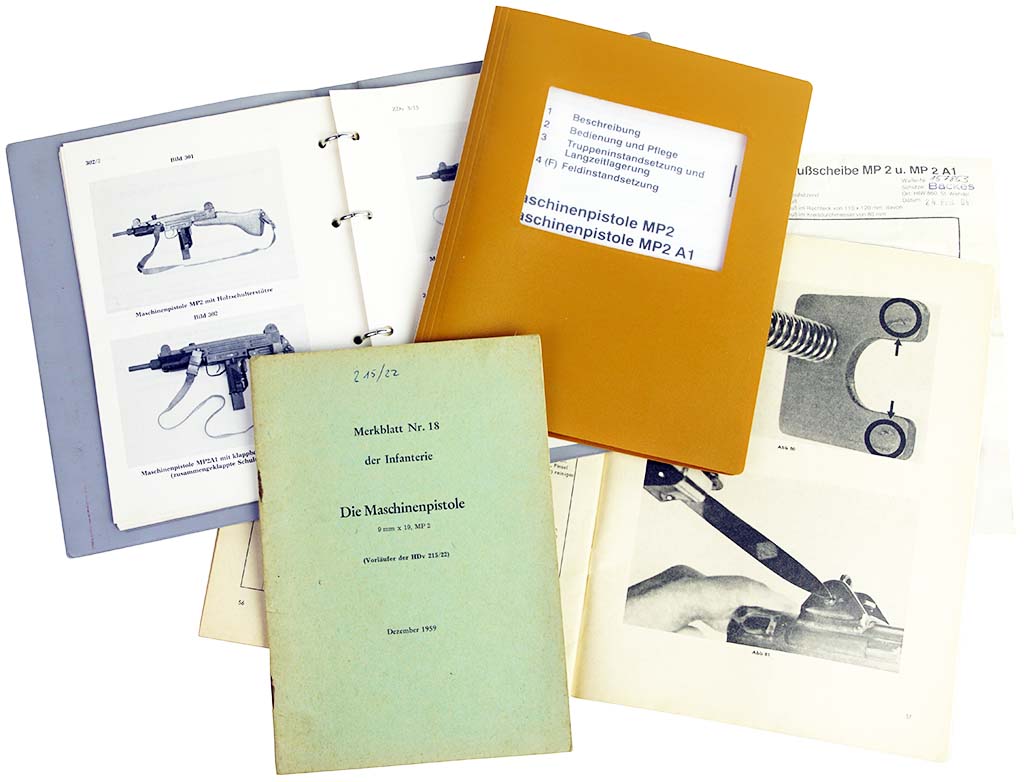By Michael Heidler
In the troubled 1930s, a boy named Gotthard Glas fled from the German Reich to Israel. There, he later developed a submachine gun whose name is still known around the globe: the UZI. And even his former home country Germany introduced it as standard armament in the German Bundeswehr after World War II.


Gotthard Glas was born on December 15, 1923, in Weimar, Thuringia. His father was the well-known Jewish graphic artist and painter Erich Glas. The first years of little Gotthard’s life were carefree, but Hitler’s seizure of power did not bode well—especially not for Jews. In 1933 Gotthard Glas emigrated to Palestine via Great Britain. With his arrival in the Holy Land, living conditions changed drastically, and new names were necessary. From now on he called himself Uziel Gal. Already during his school days in Yagut, Uziel attracted attention because of his interest in weapons and at the age of 18, he joined the underground group “Palmach.”
When Israel was suddenly at war with all its neighbors after the founding of the state on May 14, 1948, its own Armed Forces had to be equipped as quickly as possible. At that time, the armament consisted mainly of old World War II weapons supplemented by homemade weapons from hitherto illegal underground workshops. However, a modern submachine gun was also needed for the fight. And so Uziel Gal began developing such a weapon at Israel Military Industries (IMI Systems). During the British occupation, the company was a supplier of weapons and ammunition to the Jewish underground movement in Haganah and was now under the control of the Ministry of Defense.

According to the specifications, the new weapon should be as compact as possible, insensitive to dirt and the ever-present desert sand, and, of course, its production should be cheap, easy, and quick. After extensive testing in 1951, Gal’s design won the race. After some improvements, the final series production started in 1955. The UZI saw its first action during the Sinai War from October 1956 onwards.
Around the same time, West Germany founded its new Federal Army called Bundeswehr. The units still used equipment, weapons, and vehicles from wartime U.S. stocks, but now an entirely new and modern submachine gun was demanded. Therefore, in the years 1955 to 1959, extensive tests and comparisons of old and new submachine guns were held at the proving ground of the Bundeswehr in Meppen. The competitors were international, and in the final stage only five weapons were still in the race: the Carl Gustaf m/45, the Walther, Erma, the Anschütz-DUX and the UZI. But the decision-making process at the end of the trials was strongly influenced by politics.

In March 1959, the German Minister of Defense, Franz Josef Strauß, declared that the new submachine gun would be the Danish Carl Gustaf. Only two weeks later, after a meeting with IMI Systems representatives, the decision was changed in favor of the UZI. As early as 1955, the Israeli Director-General of the Ministry of Defense, Shimon Peres, had established initial contacts with Strauß on the subject of arms procurement. Uziel Gal was personally present at that time when Strauß was shown the UZI during a secret visit to Israel. Germany ordered a first delivery of 35,000 pieces in March 1959 and another 15,000 pieces the following year. However, the year 1964 was for a long time the official year of adoption, as Germany did not officially establish diplomatic relations with Israel until 1965.

The version with a fixed stock was designated “MP2,” and the version with a folding stock “MP2 A1.” The production and delivery took place under time constraints. IMI used receivers that were already stamped with Israeli markings and grip pieces made by the Fabrique Nationale Herstal (FN) in Belgium. When the first batch arrived in Germany in June 1959, the weapons not only bore various markings, but the grip pieces were missing the semi-automatic mode. In April 1960 the correct grip pieces with the proper “D E S” markings were delivered and retrofitted to all weapons. “D” means “Dauerfeuer (full-auto),” “E” means “Einzelfeuer (semiautomatic),” and “S” means “Sicher (safe).” Due to the agreement with IMI, Germany was not allowed to purchase any UZIs or spare parts from FN, which was manufacturing the UZI under license. In March 1961 an additional order for 27,500 weapons was placed, followed by another one in October. According to a German report from May 1967, the Bundeswehr had at that time a total of 116,000 UZIs in inventory.
The UZI remained in service for about 40 years, when the Bundeswehr adopted the Heckler & Koch (HK) MP7 in 4.6x30mm caliber. This light and handy PDW (Personal Defense Weapon) gradually replaced the aged UZI.
| This article first appeared in Small Arms Review V25N2 (February 2021) |












